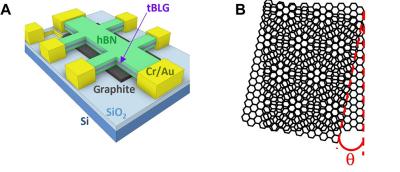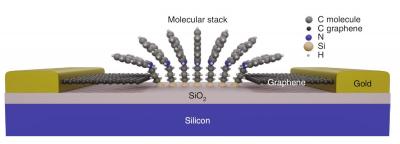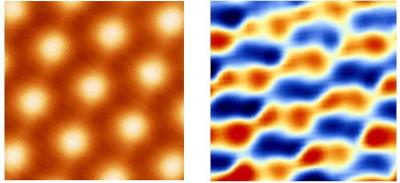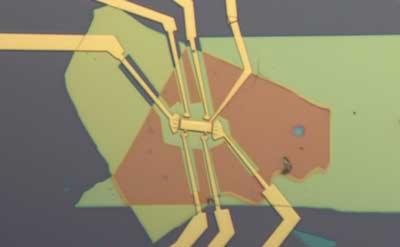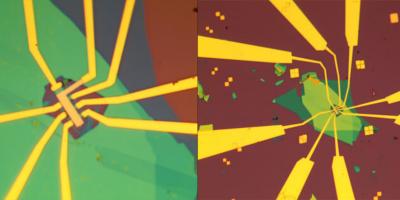Researchers explore graphene's superconductive state
Researchers at Aalto University and the University of Jyväskylä showed that graphene can be a superconductor at a much higher temperature than expected, due to a subtle quantum mechanics effect of graphene's electrons.
The discovery of the superconducting state in twisted bilayer graphene spurred an intense debate among physicists regarding the origin of superconductivity in graphene. Although superconductivity was found only at a few degrees above the absolute zero of temperature, uncovering its origin could help understanding high-temperature superconductors and allow us to produce superconductors that operate near room temperature. Such a discovery has been considered one of the "holy grails" of physics, as it would allow operating computers with radically smaller energy consumption than today.

